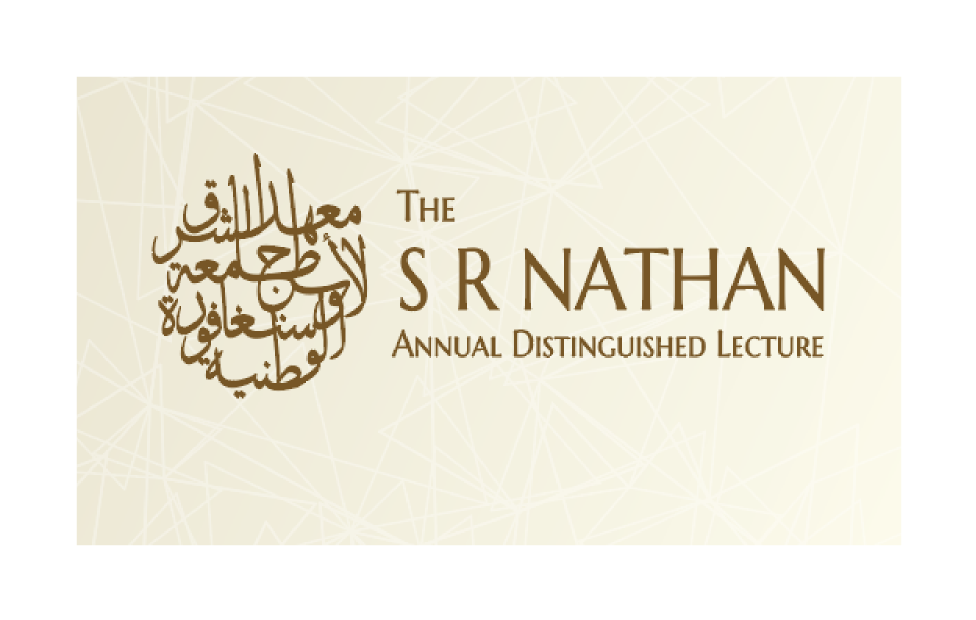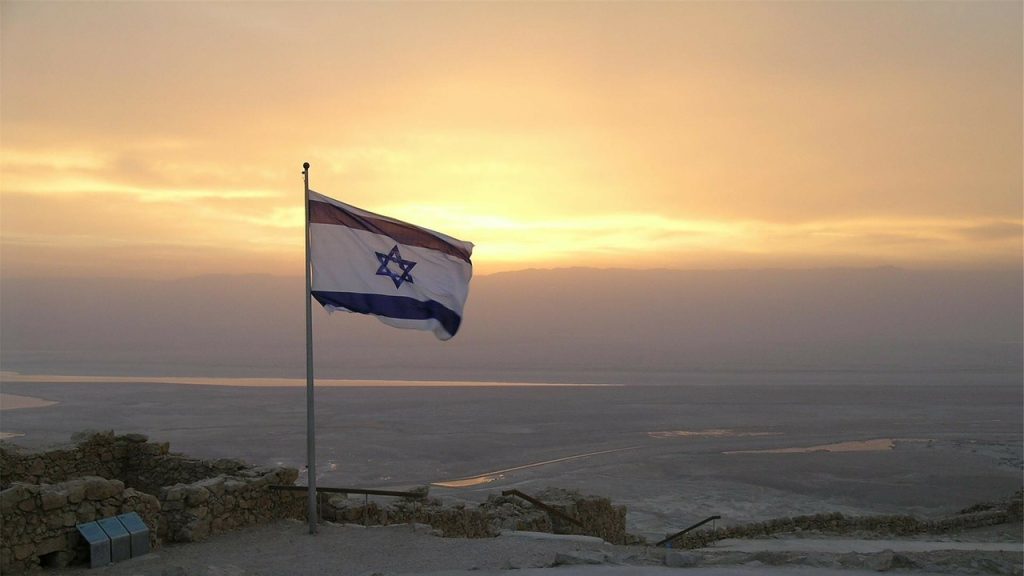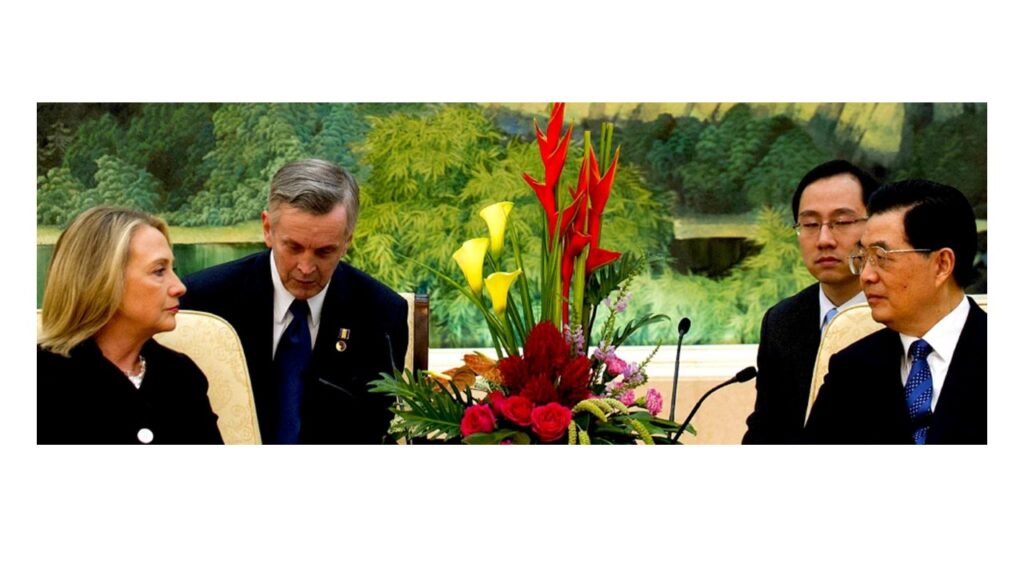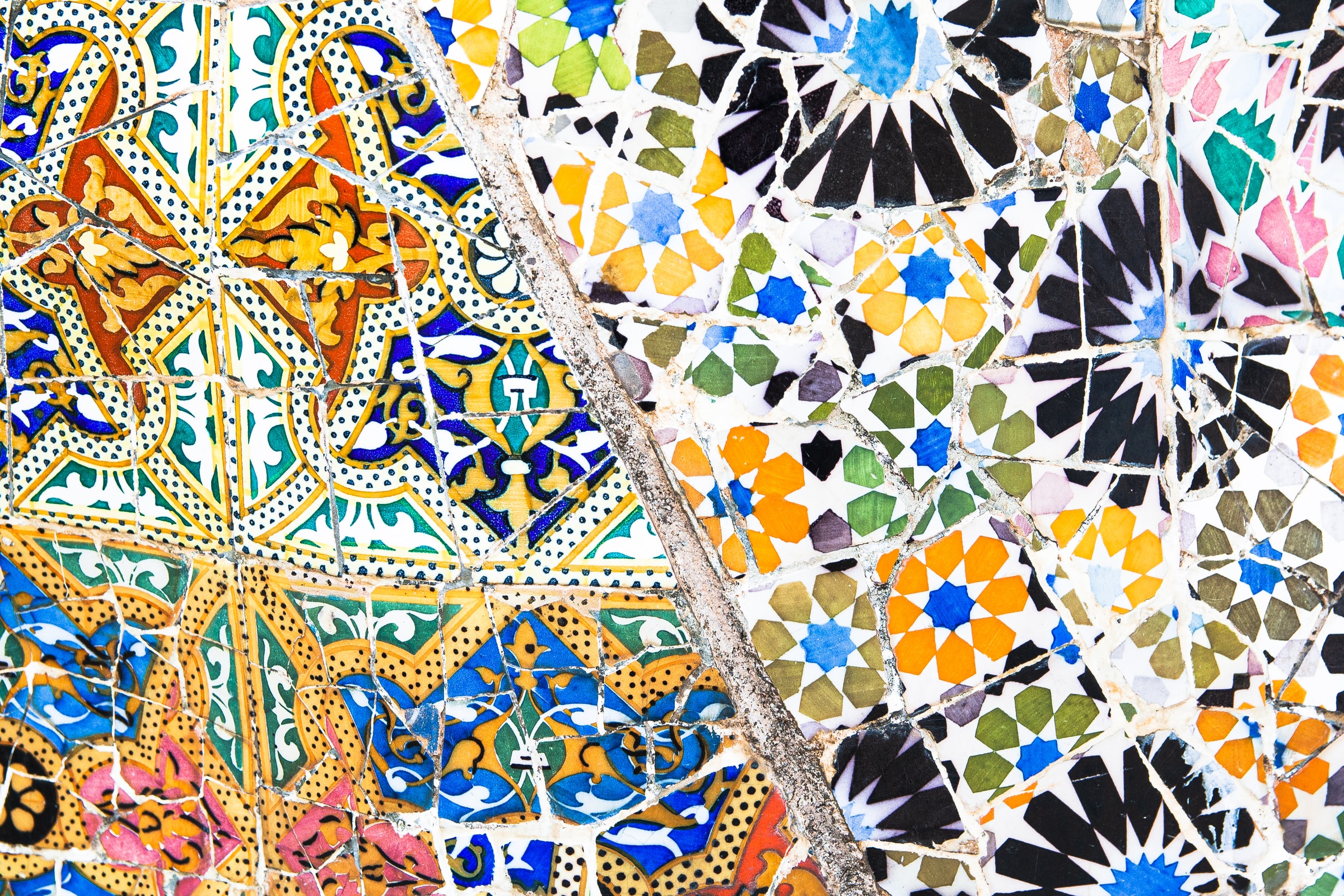
- 02 Sep 2020
[MEI Salon Series] Build a Connection With Arab Culture with Ms Zeinab Hendawi
About the Salon Series
We invite you to MEI Salon, a series of special events conducted in a casual relaxed setting aimed at making Middle Eastern culture more accessible to everyone. We strip away the academic jargon, and keep things light-hearted and interactive with topics that range from the sublime to the ridiculous.
Abstract
In the third instalment of our Salon series, we invite you to dive into the fascinating world of Arabic culture with Ms Zeinab Hendawi.
Arab culture is fascinating due to its rich history, decorative arts, calligraphy, wonderful food, vibrant music and so forth. This rich culture is alive in over 22 Arabic-speaking countries across a large geographical region in the Middle East and North Africa.
There are distinct regional differences and cultural diversity which can be seen in their customs, appearance, manner of dress, styles of architecture, a variety of food, various dialects and even political structures. Despite these differences, Arabs share many things in common: they speak one official Arabic language known as “modern standard Arabic”, they believe that they are a cultural unit and most importantly, they have the same basic values and beliefs which are centred around religion, family and traditions, which are also reflected throughout all aspects of their life and language.
Knowing the Arabic language can help one build bridges for interacting with Arabs, however, understanding Arabs and using the language in its correct cultural context are equally important for effective communication. Without knowing these, even basic social greetings, addressing people or even paying sincere compliments could be tricky.
Therefore, it is useful to begin by identifying the Arab people’s most basic beliefs and values, as well as to incorporate knowledge of the social interaction elements such as traditions, norms, symbols, taboos, etiquette, time concepts and behaviour expectations. Such key elements shape the context of interaction, can determine an Arab’s outlook on life and govern his social behaviour.
Understanding the differences between Arab culture and others can prevent cultural misinterpretation and can build a better appreciation and respect towards Arabs
This public talk will be conducted online via Zoom on 2 September (Wednesday), from 5pm to 7pm (SGT). All are welcome to participate. An e-invite will be sent to you closer to the event date.
This event is free, however, registration is compulsory.
Photo by Dimitry B on Unsplash.
Listen to the full event here:
Watch the full event here:
Read the Event Summary “A Crash Course on Arab Culture Basics”:
By Fadhil Yunus Alsagoff
Research Assistant, Middle East Institute, National University of Singapore
For MEI’s fourth Salon event, Ms Zeinab Hendawi, a Syrian-born teacher of Arabic as a foreign language, gave us at MEI and our participants an eye-opening crash course on Arab culture and the Arabic language.
Ahlaan wa sahlaan bikum is usually translated into English as “Welcome to you all”. As Ms Zeinab Hendawi informed us, however, the phrase has a deeper meaning: “You are my family, and you have entered a place where you are welcomed.” Such was the way she began her illuminating introduction to Arab culture and the Arabic language, and is illustrative of their different layers that, while known to Arabs, often elude foreigners.
Of the 22 countries now taken to be part of the Arab world, there are numerous cultural aspects that are shared, but also many obvious difference between them. The Arab world can be divided roughly into four regions: the Maghreb, which includes Morocco, Tunisia, Algeria and Libya; the Nile Valley, made up of Egypt and Sudan; the Levant (the Sham), composed of Lebanon, Syria, Iraq, Palestine and Jordan; and the Arabian peninsula, which includes Saudi Arabia, Yemen, Oman and the Gulf states.
Each region too, while internally variegated, has certain commonalities. With regards to food, one finds couscous and tajine mainly in the Maghreb, kushari in the Nile Valley, hot and cold mezzes in the Sham region, and kabsa and harees in the Arabian peninsula. One may also find differences in political structures: Syria’s is that of a republic, Morocco’s a monarchy, while the United Arab Emirates are ruled by emirs (princes). For clothing styles, despite distinct elements, there is a shared value of modesty across the Arab world, though the Arabian peninsula tends to dress more conservatively.
Each region has its own dialect as well. Each dialect bears its own particularities which reflect influences of history and local circumstances. The Maghrebi dialect, for example, is interspersed with Berber and French, as one may find remnants of Coptic in the Egyptian dialect.
As one of the oldest Semitic languages, Ms Hendawi informed us, Arabic spread out of the Arabian peninsula with the expansion of Islam. It is one of the world’s mostly widely spoken languages and is an official language of the UN. Written from right to left, it has an additional 14 symbols that function as short vowels, and comprises 28 letters, each of which has 4 different shapes depending on where they occur in a word.
She divided Arabic into four types: classical Arabic, which is the language of the Qur’an and medieval Arabic literature, used mainly for religious purposes; modern standard Arabic, which is shared among all Arab countries in both written and spoken form, and used mainly for communication in the professional (media, politics, etc.) spheres; colloquial Arabic, which is particular to a locality; and educated spoken Arabic. By uttering aloud the examples of formal Arabic greetings and their colloquial counterparts, Ms Hendawi showed how starkly different they could be.
Next, she gave a brief but comprehensive overview of shared Arab values and beliefs that are centred around religion, family and Shiyam al-Arab (traditional Bedouin traditions, moral, and principles). The lattermost includes values such as hospitality, forgiveness, helpfulness, and al-muruu’a (dignity and magnanimity). The belief in one all-powerful God that determines one’s fate pervades Arab culture, and so do their high regard for moral standards, tradition, loyalty to family and social status. Ms Hendawi then presented the Arab self-perception; Arabs take pride in their loyalty, generosity, hospitality, politeness and kindness, the richness of their cultural heritage, and the superiority of the Arabic language.
Finally, she gave everyone a rich commentary on Arab etiquette. When it comes to meetings, the right hand is always used to shake hands, and it is normal for close friends to greet one another with kisses on the cheek, whereas for the Bedouins, there is the nose-meets-nose greeting. How many kisses, on which side, and how many nose bumps depends on where you are in the Arab world, and what the situation is. Arabs are also flexible regarding meeting appointment timings; a delay is not perceived as a sign of disrespect. When a guest is leaving, it is a norm for the Arab host to accompany the guest to the entrance door, at times even further to the guest’s transport.
With respect to social comportment, Arab culture dictates respect for the elderly. It is common that in greeting, the younger kisses then places his forehead on the hand on the elder. The elder is greeted first in social situations, and everyone stands when he enters of leaves. Arab culture also establishes courtesy towards women. It is the traditional norm for men not to make any type of physical contact with women outside their immediate family. Men stand when a women enters the room, they are expected to offer their seats to women, and women should be allowed to precede men in entering through a doorway. Though eye contact among Arabs is a very important practice, men are expected to keep their gaze in check when dealing with women.
Arabs are proud and famed for their hospitality. It is for them perfect opportunity to display generosity, and they admire the same at the hands of others. Guests are usually given the seat of honour in guestrooms. Though Arabs may extend at times overwhelmingly offers of generosity, if one visits without an appointment, it is considered polite to refuse these offers repeatedly. Gifts are typically given with two hands and are not opened in the presence of the giver. This hospitality is also reflected in the significance of sharing in Arab culture. It is a norm for somebody to offer his food, drink, even cigarette, to others in his vicinity, and connotes equality and acceptance among individuals.
Ms Hendawi also shared rare insights into an aspect of Arab culture that foreigners often find challenging to grasp: the act of giving praise and compliments. This is best observed in the often alarming (to foreigners) practice of offering someone the very item that he has complimented. For example, if you compliment an Arab on his watch, he may very end up offering it to you! She explained that this custom is practised in part to repel the evil eye (‘ayn), a traditional belief in the negative effect that an ill-natured gaze may conjure upon its receiver. It is for this reason that it is custom to say ma shaa Allah before giving a compliment. Other methods to repel this evil eye is by burning bakhur (incense), or keeping the popular blue eye or five-finger talismans or drawing in their possession, or simply keeping things secret.
Giving praise at work, however, is a different story altogether. Managers are expected to praise their employees from time to time to give assurance that their work is noticed and appreciated. On the other hand, as Ms Hendawi explained, Arabs are sensitive to criticism. If it is not done sensitively, it may be taken as an insult to one’s honour. Honour and dignity, she explained, is highly important; at times more important than the fact itself!
Ms Hendawi ended her presentation by touching on the topic of taboos in Arab society. This includes atheism, which is generally frowned upon in society; explicit talk about sex and sexuality; divorce for ladies; mental illness, to the extent that they avoid mentioning the name of the disease; and usury. While she mentioned that things are changing with the new generation, nevertheless, such insights remain beneficial to those interested in visiting and understanding the region that is often at the receiving end of misconceptions and distorted portrayals.
About the Speakers
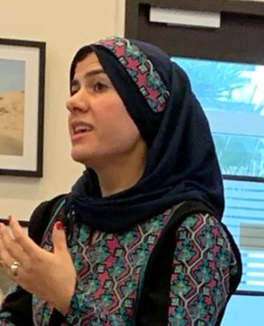
Arabic Instructor & Educator
Ms Zeinab Hendawi has a BA in English literature from the University of Aleppo, Syria. She finished her MA in Tasol (Teaching Arabic to Speakers of Other Languages) at the Universal American University in California, USA in 2018. She also has a Tasol Certificate from the Education Canada College in Montreal and a Certificate of Arabic Classroom Professional Development from Aldeen Foundation in Pasadena, Canada.
Hailing from Syria, Ms Hendawi is a native speaker of Arabic and has excellent communication skills in English. She is well-informed about the theories of foreign language teaching and learning, and highly-versed in teaching Arabic to non-native speakers. Having lived, studied and worked in different countries, she has cross-cultural understanding. She started teaching Arabic at the National University of Singapore’s External Language Programme in July 2018 and has received very positive feedback and teaching evaluations from students.

